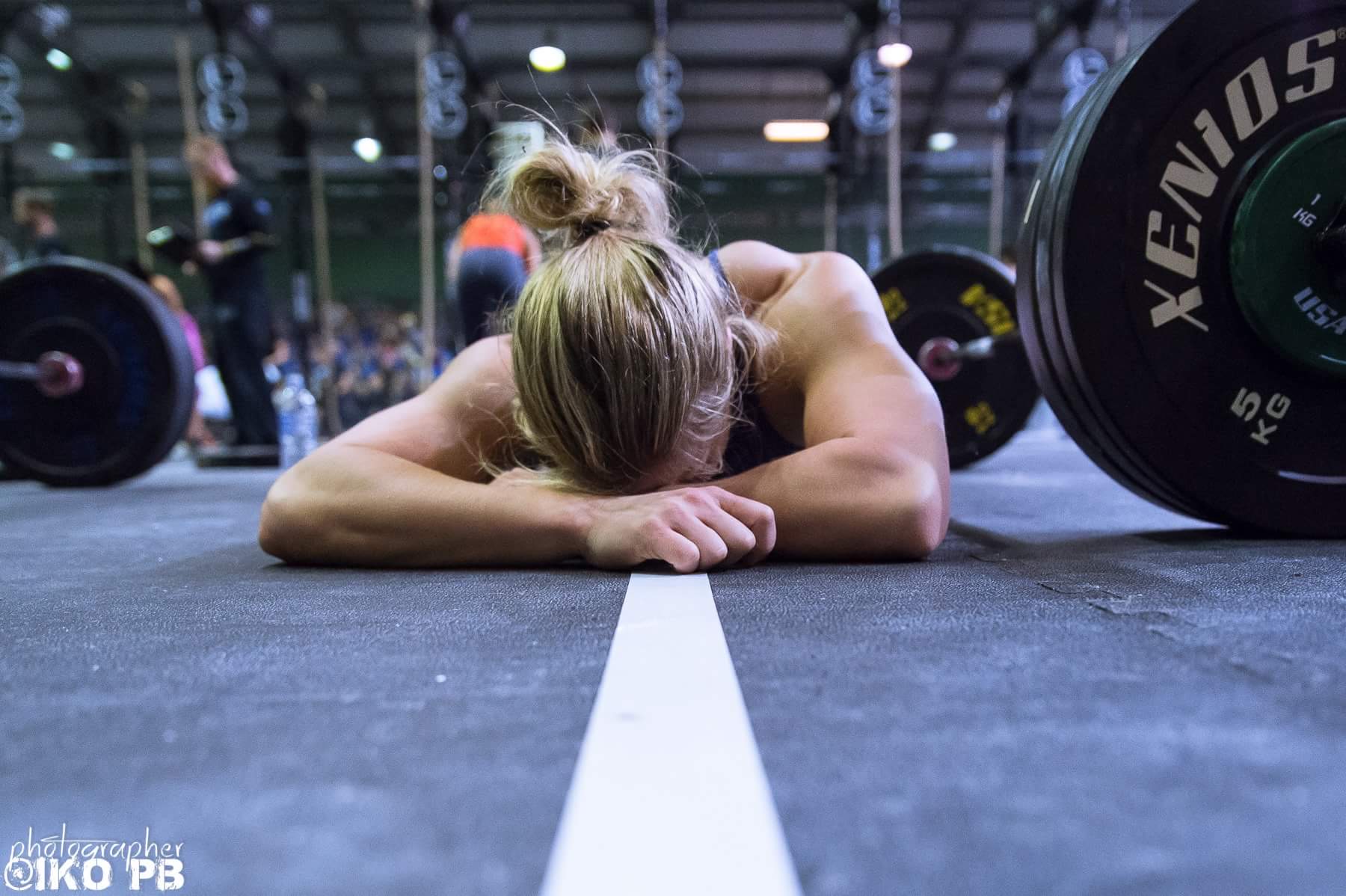Return To Running Postpartum
How long do you wait? How do you prepare to return to running? What does the road back to running look like for you?

Energy availability is a balance between the energy that a person consumes (the calories that they eat) and the energy that they expend. Energy expenditure includes the energy used for basic bodily functions such as maintaining body temperature and digesting food, plus the energy used for exercise. When energy expenditure is greater than energy intake, this results in a negative energy balance, causing low energy availability. ‘Relative Energy Deficiency in Sport’ (RED-S) is the name for the negative health and performance consequences which arise from prolonged periods of low energy availability.
Low energy availability (LEA) can be deliberate, where a person is purposefully trying to lose weight or maintain an unhealthily low weight, or it can be accidental. Accidental LEA occurs when a person is unintentionally under-fuelling for the amount of activity that they are doing. LEA can be due to increases in exercise energy expenditure such as intensified training, or inadequate energy intake (not eating enough).
RED-S is a clinically diagnosed syndrome where LEA results in harmful outcomes. These include (but are not limited to):
The diagram below shows the spectrum of possible outcomes.

Low energy availability has a negative impact on performance, including muscle strength; power and endurance performance; cognitive/skill performance; recovery; motivation; and response to training.
(Mountjoy et al., 2023)
Raising awareness about RED-S is really important, as anecdotally athletes may not be aware that loss of periods is such a key health marker, and in some sports, it can even be seen as normal or a marker of hard work to be commended. Losing a regular menstrual cycle (if not on hormonal contraception) is never normal and should always be investigated and treated. Hormonal contraception can mask the loss of periods, for example with the combined oral contraception pill athletes will have a withdrawal bleed in their pill-free week, but this is not a true period and does not indicate ovulation.
If it remains untreated, RED-S has significant implications for long term health including on fertility, and osteoporosis and fracture risk. 90% of peak bone mass is acquired by age 18 for girls, and 20 for boys, so it is especially important for youth athletes to be treated promptly.
RED-S is diagnosed through a combination of clinical interview or questionnaire, physical examination, blood tests, and imaging. The following indicators are used to calculate a score which categorises the person into red, orange, yellow or green severity of RED-S. This is used to guide treatment.
(Terry et al., 2004)
The key to treating RED-S and regaining normal bodily function is to correct the energy imbalance and increase energy availability. This can be done through increasing calorie intake or reducing exercise.
Accidental low energy availability is easier to correct, as education about nutrition and possibly working with a dietician should be enough to correct the deficit. Deliberate LEA is much more complex to treat and requires a multidisciplinary team approach to work with the athlete, including a sports medicine doctor, dietician, psychologist, coach, physios +/- parents. The reasons behind the disordered eating behaviours need to be addressed.
Where the person sits within the risk stratification will guide how aggressive treatment needs to be, and what level of restriction on activity may be needed.
Someone who sits in the red very high-risk category may need to be hospitalised, and in almost all cases will be removed from all training and competition. Someone in the orange moderate-high risk category will need close monitoring, and some aspects of training and competition are likely needed to be modified. Someone in the yellow mild risk category can continue with training and competition but should be monitored and followed up regularly.
Return of menstruation can be used as a guide to recovery, although periods can happen without ovulation, therefore the gold standard to check that ovulation has returned would be through either basal body temperature monitoring or hormonal blood tests.
As a guide for athletes wanting to understand more about their own energy balance, we can use the equation below:
-1.png?width=1200&height=200&name=Untitled%20design%20(13)-1.png)
Kat, Hatch Founder & Women's Health Physio
8 min read
How long do you wait? How do you prepare to return to running? What does the road back to running look like for you?
Pinky McKay, Midwife & Lactation Consultant
7 min read
From the time you announce your pregnancy, it seems that everyone, from the person behind you in the checkout line to strangers on social media, wants to share their advice.
Kat, Hatch Founder & Women's Health Physio
4 min read
Training not working like it used to? Learn how to lift heavy, sprint smart, and recover right for stronger results during menopause.
Kat, Hatch Founder & Women's Health Physio
10 min read
Lifting makes up a lot of what we do in CrossFit programming. We're familiar with sets and rep schemes, strength programs, progressive loading, de-loading, etc etc... but what, then, are the latest guidelines for lifting when you're pregnant?
